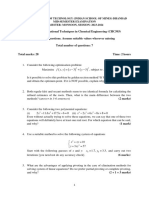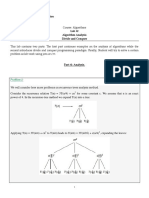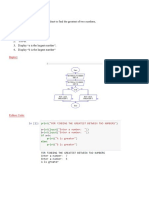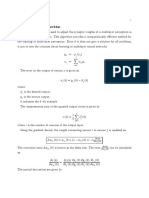0% found this document useful (0 votes)
7 views39 pagesGe-Assignment Data Structures
The document is a comprehensive guide for solving a Data Structures question paper, detailing answers to various questions about binary heaps, Big-O vs. Big-Theta notation, stack data structures, recursion, binary search trees, breadth-first traversal, height-balanced trees, and the role of stacks in recursion. Each section includes explanations, C++ code examples, and key concepts related to data structures. The document also outlines a plan to address specific questions from the paper systematically.
Uploaded by
sonamdeswal.11Copyright
© © All Rights Reserved
We take content rights seriously. If you suspect this is your content, claim it here.
Available Formats
Download as DOCX, PDF, TXT or read online on Scribd
0% found this document useful (0 votes)
7 views39 pagesGe-Assignment Data Structures
The document is a comprehensive guide for solving a Data Structures question paper, detailing answers to various questions about binary heaps, Big-O vs. Big-Theta notation, stack data structures, recursion, binary search trees, breadth-first traversal, height-balanced trees, and the role of stacks in recursion. Each section includes explanations, C++ code examples, and key concepts related to data structures. The document also outlines a plan to address specific questions from the paper systematically.
Uploaded by
sonamdeswal.11Copyright
© © All Rights Reserved
We take content rights seriously. If you suspect this is your content, claim it here.
Available Formats
Download as DOCX, PDF, TXT or read online on Scribd
/ 39























































































